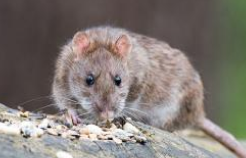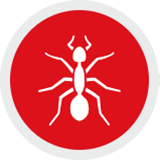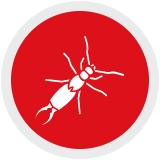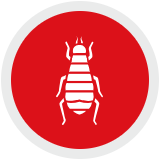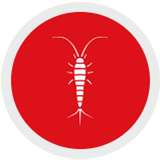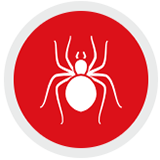Stinging Honey Bees
Learn More About Stinging Honey Bees
The honey bee is found throughout the United States! Generally a harmless insect, the honey bee will sting an aggressor should it get too close to a hive and/or act in a way that is perceived as threatening. Avoid the sting by contacting us today for expert bee control services!
| Pest Identification: | |
|---|---|
| Size | 1/2 in. |
| Color | Yellow with dark brown or black markings |
| Body Structure | Head, thorax, and abdomen with a stinger. |
| Characteristics | Honey bees are social insects residing in colonies. Each colony contains a single queen, male drones, and female worker bees, which are sterile and serve to carry nourishment to developing honey bees. Drones primary purpose is to mate with the queen, after which they die. Queens can produce as many as 2,000 eggs in a day. |
| Habitat & Behavior | Unlike some other insects, honey bees do not hibernate, but rather remain active in their colonies during winter months, huddling together to share body heat and consuming honey for nourishment. The intricate, well-known honeycomb structure found within colonies are constructed by drones to house the queen’s eggs. Commonly, nests are found in nature in hollow logs, trees, or rock formations, but, occasionally, honey bees may build a nest in the eaves, attic, chimney, or wall voids of structures. In general, honey bees are not patently aggressive, even when they swarm during warmer months. However, if provoked, they will attack, stinging or giving chase to an aggressor. |
| Commonly Active | Spring / Summer |
| Prevention & Treatment | As noted, honey bees are not overly aggressive unless provoked. That said, if a nest has been built in close proximity to your home, you do run the risk being stung when honey bees swarm. For those who experience allergic reactions to stings, the results could be fatal. For this reason, you should contact a pest professional to take the proper course of action, whether it be relocating the hive or extermination, to prevent possibly dangerous stings. |

 (425) 318-7912
(425) 318-7912
 MY ACCOUNT
MY ACCOUNT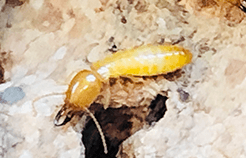
 425-318-7912
425-318-7912